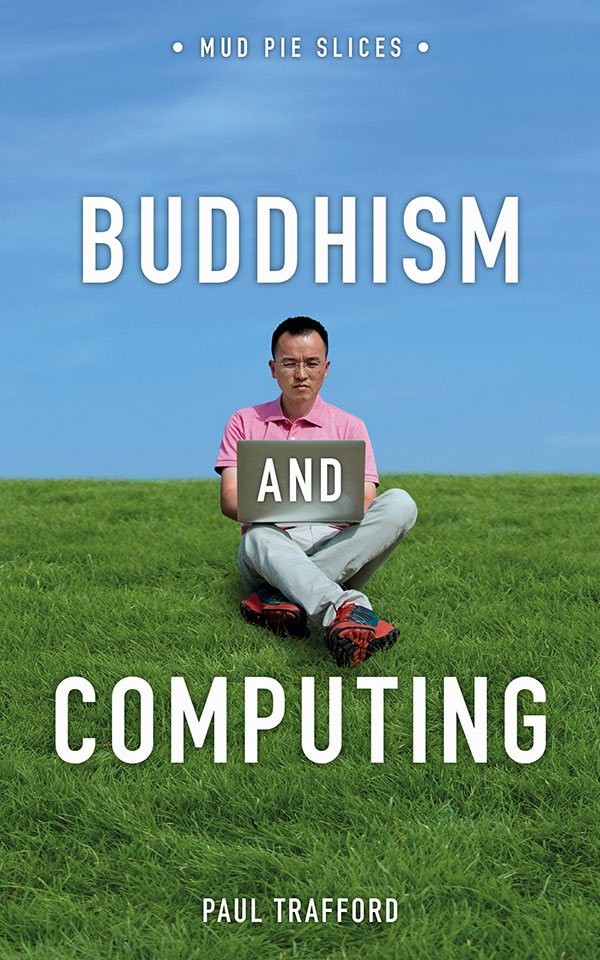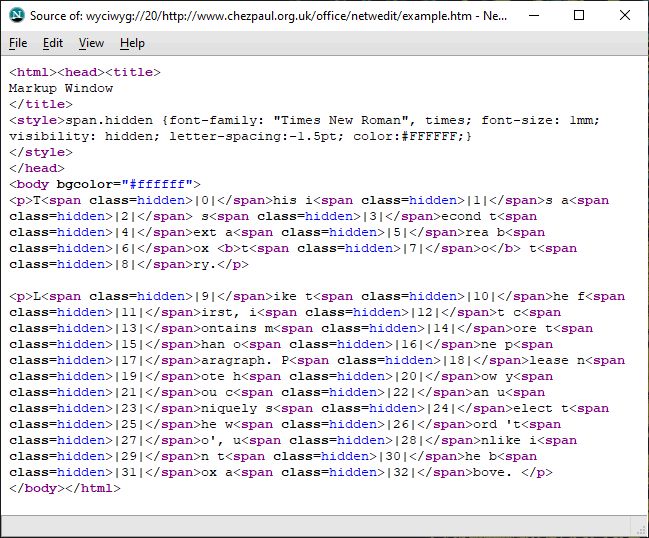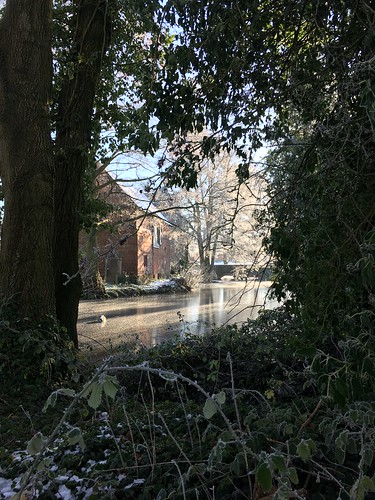In March 2011 Japan suffered a catastrophe with a massive earthquake off its
East coast. A chain of events led to the Fukushima nuclear power plan disaster
with the release of massive amounts of toxic radiation. I visited Tokyo a few
months later, in July, when the city's population seemed subdued and fearful in a similar way to how many people have been with the Covid-19 pandemic.
I was hosted by
Professor Yukari Shirota at Gakushuin University. In response to what happened, Professor Shirota made an emphatic statement,
which I paraphrase: “Japan does not have much in the way of natural resources,
only human resources. I therefore commit my life to research.”
Research is
fundamental to human resourcefulness and is an activity that I would like to
develop more effectively. Whilst research is a natural aptitude and I’ve long
nurtured an interdisciplinary approach, I have only a very limited publication
record despite having spent decades in academia; to earn a living I have served
mainly in a technical support capacity. I originate ideas quite easily, some expressed on this blog, but I have found it
exceedingly difficult to gain traction for them.
Reasoning that I needed to
devote more time to my endeavours, in July 2020 I decided not to accept an offer
a 12-month contract extension to my post as Digital Projects Officer at the
History of Science Museum (HSM). Instead, I would work full-time on my research activities.
However, I shall retain a connection following the award by Museum of the
(unpaid) position of Honorary Research Fellow, which was approved by the Board
of Visitors at their meeting last November.
There are several strands to my
research that might benefit HSM. The most immediate concerns any digital
aspects, particularly online communications, an area I have explored for a while
and about which I will touch on below. There are other, broader aspects. In
2024 the Museum will be celebrating the centenary of its founding and I’ve
already outlined some
visionary ideas. I may take the opportunity to expand on them.
A number of my research strands
have concerned aspect of science and religion, a broad theme whose
historical development took a major turn in the 17th century, the century in
which the original Ashmolean Museum was founded. The building now houses HSM, but it is still formally referred to as the ‘Old Ashmolean’. This was a period that saw the rapid rise of rationality; indeed, we
denote this period as the Age of Reason. The consequences have been
far-reaching, most especially in the increasing emphasis on materiality, which
has pervaded notions of science and research in general.
I talk briefly about
that development in
Buddhism and Computing, the first tangible fruit of my research. A contribution to the ‘Mud Pie
Slices’ series, it offers more than a slice of my thoughts from the past decade
on critical issues around computer-based technology, particularly as manifest on
the Internet. It has been a considerable challenge to squeeze in a wide
range of topics without undermining the overall flow, but the issues are urgent
and I wish to facilitate better access to them.
Buddhism and Computing
summarises and ties together some of the main strands of my ideas in response to
challenges facing humanity, concerning the freedom to think and act
autonomously, the quality of awareness and so on. I conceived the Sigala project in sustainable online social networking as the primary deliverable in
response to these challenges, but until recently I kept my research notes in
local documents. I have now set up a website for the main body of research,
research.siga.la.
Thus
far the part-time efforts of one person, it has large gaps, is rough around the
edges, out of date in details, lacks marketing (Why so few images? Where’s the
explainer video? Etc.), yet it seeks to offer a coherent and humane vision.
I’m hoping that once word gets around, the thesis will gain acceptance and the
presentation strengthen, and so on.
For me the process started in November
2007 when I started to reflect on
what friendship truly means and how best to support it online. Initially, I conceived this in educational terms, but very quickly saw that
its scope was universal.
Having been introduced to the Internet in the early
‘90s in the context of research, I have been strongly averse to the way the
Internet, particularly the Web, has been commercialised. Browsing the Web today with its numerous interruptions, whether for legal consents or advertising, do not make for an aesthetic experience. Furthermore, changes in search indices and results generation, favours organisations, particularly corporates, and has diminished the voice of individuals; all told, it has
generally become harder to find high quality and truly diverse materials.
Nevertheless, we need viable economic models and I see great
potential in applying the work of Avner Offer, who recognised a spectrum from
the gift to the market in his theory of the 'economy of regard'. I’d like to incorporate this in Sigala.
I will elaborate on the substance of the project in future blog posts. For
now, I just mention in passing that the website is a kind of knowledge base,
whose process is ongoing. As
explained, I author and manage the content on my laptop at home using a locally
installed WordPress, a web content management system whose popularity is due in
no small part to the fact that it is open source software.
Using this setup has
yielded the first technical fruit. Running to a few dozen pages, the site is not
large or complex, but there is a lot of text, so it may take some while to
browse to find something specific. So, as with most websites, a search facility
is provided. However, I’ve taken an existing search plugin, WP Static Search, and modified it to work offline, i.e. without an Internet connection or web
server. I’m only an occasional coder, but have uploaded
my changes to Github
and submitted a pull request. This means you can download the entire site onto a
memory stick and browse and search it there. (Just one tip: when downloading the
zip file from Github, the plugin folder should be renamed back to
‘wp-static-search’ before deployment.)
However the research proceeds, I shall always be looking for opportunities to innovate!


























